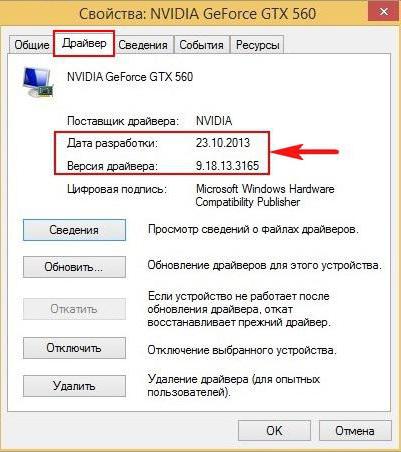One of the most unpleasant situations when working with the tenth version of Windows is the appearance of a blue BSoD screen with a stop code (CRITICAL_PROCESS_DIED error). The saddest thing is that this failure manifests itself exclusively at the stage of system boot, and it can be simply impossible to get rid of it during a subsequent reboot. However, the problem can be eliminated, and with rather simple methods.
What does the CRITICAL_PROCESS_DIED error code indicate?
The situation, frankly, is not pleasant. Well, the CRITICAL_PROCESS_DIED error would appear only in a working system, because a blue screen can occur even at the stage of loading the OS.
Worse if the failure manifests itself after the initial installation. The problem is most often associated with incorrect installation of drivers for the present hardware devices, which provokes the appearance of conflicts.
CRITICAL_PROCESS_DIED error: what to do first?
Thus, in any case, fixing the problem boils down to installing the appropriate drivers. And do not flatter yourself about what the user sees in the "Device Manager" on the general tab a message that the driver is installed, and the device, they say, is working fine. This is a profound error.
The fact is that when it detects non-standard devices, Windows installs what it seems to be the most suitable driver, and it does not fit the selected device at all. In this case, if you have a disk with original drivers or related software, you need to install it from it (this applies to problems when loading the system).
But it also happens that CRITICAL_PROCESS_DIED (Windows 10) also appears in a running system. How to fix this situation? You need to use the "Device Manager", which is called up through the PCM menu on the computer icon in the administration section, through the "Control Panel" or by entering the devmgmt.msc command in the "Run" console. But in order to identify the device that caused the failure, you first need to download utilities like Blue Screen Viewer or WhoCrashed, otherwise in the “Device Manager”, looking for the failed component, you will have to dig for a very long time (especially since the device can be designated as working and not having problems) .
So, we got a CRITICAL_PROCESS_DIED error (Windows 10). How to fix a crash? To get started, use the update or rollback options on the driver tab. Perhaps this will help. However, the best option would be to check the DEV and VEN identifiers (equipment IDs), by which you can find the driver most suitable for the device on the Internet, download it and integrate it into the system. Please note that some installers may not be represented as an EXE file, but as objects with the INF extension. Such drivers are installed through the PCM menu with the selection of the corresponding item. If the system does not boot at all, you need to take such actions with the boot in safe mode.

But you can meet situations when, after that, CRITICAL_PROCESS_DIED (Windows 10) crashes. How to fix the problem in this case? Alternatively, you can use specialized utilities to automatically search for and install updated drivers, not only for a single device, but for everyone present in the system. You can find a lot of applications in this area, but among the best, Driver Booster, DriverPack Solution, Slim Drivers and the like are worth mentioning separately. The advantage of such packages is obvious: they download drivers for certain devices exclusively from manufacturers' websites and integrate device recognition and management software automatically, without user intervention.
Checking system files
However, often the reason for the appearance of such an error may be a malfunction of the operating system itself due to unforeseen failures.
In this case, it is recommended to call the command console (either on a running system or when booting from removable media) and run the sfc / scannow command, which helps to fix integrity problems or the presence of corrupted system files.
Sometimes a built-in online recovery utility in the form of DISM tools can help. True, in this case an uninterrupted Internet connection is required.
Full reset
But suppose all this did not work, and the user again sees the stop code CRITICAL_PROCESS_DIED (Windows 10). How to fix a system crash? The only and last solution is to return to the factory settings of the system. On some laptop models, there is a built-in menu for this.
But Windows 10 also has its own rollback tool. To use it, you need to reboot with the Shift key held down and select this item through the start menu, and then select the section to return the computer to its original state in the recovery console. In principle, similar actions can be performed from the parameters section and use special boot options or start from a removable recovery disk or flash drive.
And remember that reinstalling Windows 10 even with full partition formatting in the absence of special drivers does not solve the problem. Therefore, to engage in such things is only a waste of time. If the system does not boot, it is better to find the drivers by identifiers from another computer, and then install them from the command line when booting from a removable device. But it will work for sure.